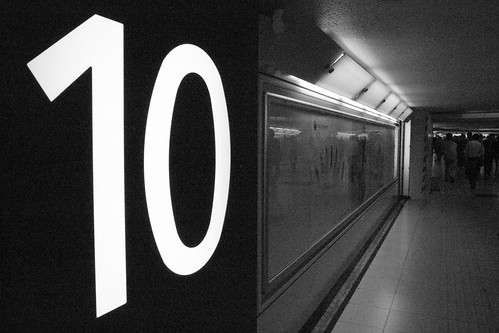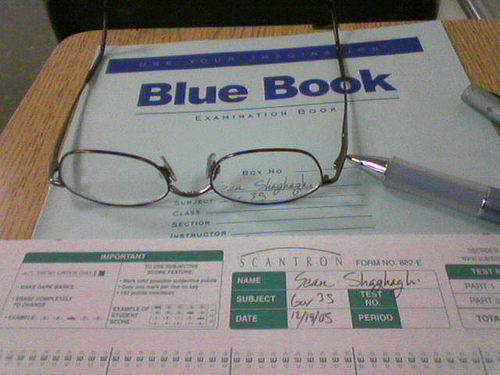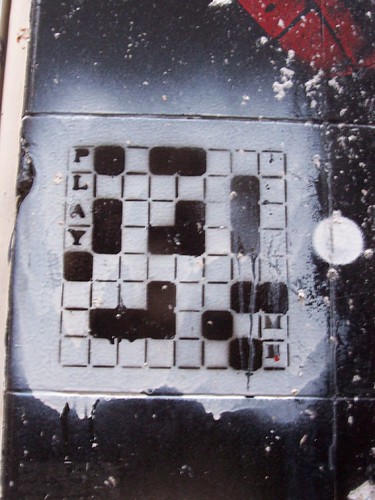 In my Public Relations Applications course at Southeastern University this semester, my students blogged about the Top Ten Takeaways from this introductory course. It’s always interesting seeing the diversity of thought in what stood out to each student. Below, I highlight excerpts showing several students’ thoughts.
In my Public Relations Applications course at Southeastern University this semester, my students blogged about the Top Ten Takeaways from this introductory course. It’s always interesting seeing the diversity of thought in what stood out to each student. Below, I highlight excerpts showing several students’ thoughts.
“Commenting – Although I am usually a quiet individual, I have never had a problem expressing myself and my opinions. This class thought me that the same should also be applied to commenting on blogs. In Professor Nixon’s interview with Kneale Mann, Mr. Mann stated, “the price of admission is contribution,” concerning blogging and commenting. I thought this was a great statement.”
“Proofread x12 You can never proofread too much. Look over your releases and articles ten times, and then let someone else look it over as well. If there are mistakes, you will lose credibility, and [the] confidence [of] your co-workers and the community.”
“Finding my way: After taking this class and taking Kneale Mann’s advice I started finding my way. I really enjoyed writing about public relations issues that were occurring in the world of sports, dedicating most of my PR connections posts to baseball, football, and basketball. Because of this, I have been looking up possible careers and internships with professional sports teams.”
“Interviewing: I was able to interview a Public Relations professional this semester, and it was really enlightening. I learned a lot about Public Relations that I did not know prior to the interview. This was an awesome opportunity to learn not only interviewing skills, but also how to speak with someone in such a “high up” position. Being a student has a lot of perks, and one of my favorites is that I always have access to some great leaders and professionals simply because I have an “assignment” due.”
“Enjoy your work: It is very important that you enjoy what you’re doing and that you especially enjoy writing. If you don’t enjoy it, you probably won’t go far. On top of that, you’re going to be miserable everyday.”
“Have a set of ethics already in place before entering the workforce. If you already know what you believe in and feel comfortable with, it makes it much easier to make a quick decision when dilemmas arise.”
“Buy the domain for [your company]sucks.com. It sounds funny, but you’ll want to snatch it up before someone else does and starts tearing apart your company. You might also want to purchase die[yourcompany].com and ihate[yourcompany].com.”
“Relationships and contacts are important to make and to keep. You have to initiate contacts and nurture the relationships. Eventually you will get to the point where you don’t pitch a story anymore but just have conversations about stories.”
“To be an effective communicator, a person must have basic knowledge of: what constitutes communication and how people receive messages, how people process information and change their perceptions, and what kinds of media and communication tools are most appropriate for a particular message.”
“Become educated in the world of social media. FaceBook. FourSquare, and Twitter are just a few of the essential social media tools in the field of Public Relations. Learning about these tools and using them successfully is important, and will open up new educational doors as well as providing new connections.”






